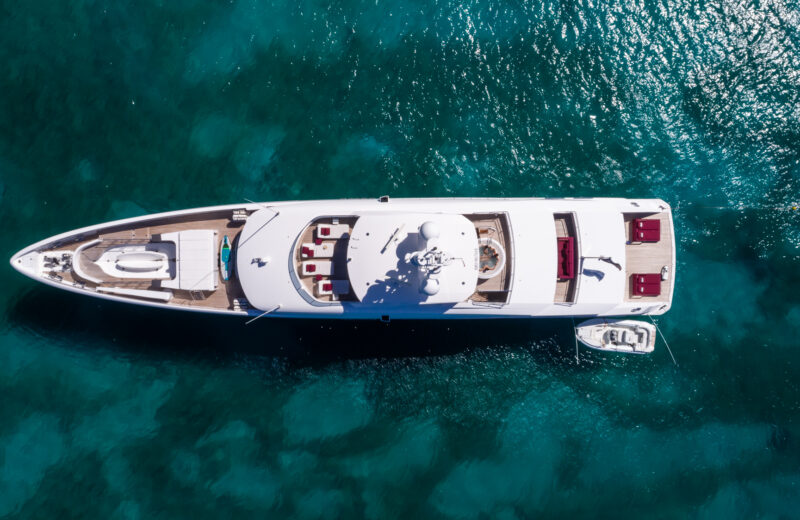Steady on… VAT discrepancies can create havoc.

When does the clock really reset under Temporary Admission? In this article, Miguel Ángel Serra, founding partner, Llegalley+ and Freddy Desplanques, partner, Stream dissect a recent case that reveals troubling inconsistencies in EU customs enforcement that carry multimillion-euro consequences.
We recently handled a complex case involving a non-EU flagged yacht under the Temporary Admission (TA) regime, which underwent works in Spain under Inward Processing Relief (IPR).
The situation has exposed a troubling inconsistency in how EU member states interpret customs rules and could have serious financial consequences for superyacht operators. Specifically, the issue concerns the start of the 18-month period permitted under TA for non-EU vessels in EU waters.
After completing VAT-exempt works under IPR in Spain, in full compliance with the Union Customs Code (UCC), the vessel was exported by sailing beyond 12 nautical miles off the Spanish coastline (which is typically considered ‘international waters’) and re-imported under TA.
However, a later inspection in France raised a serious issue. French Customs argue that because the vessel had not called call at a third-country port (for example, Gibraltar or Algeria), the export was invalid.
As a result, they refused to recognise the ‘restart’ of a new 18-month TA period and continued the countdown from the original entry despite the validated export from Spain and re-entry into the EU.
Under this interpretation, if a yacht had already used 15 of its 18 months before entering IPR, it would only be granted 3 more months upon re-entry, even though it had exited EU waters and restarted the process according to Spanish customs.
We strongly disagree with this position and find it legally unsound. In fact, Article 215 of the UCC (Regulation (EU) No 952/2013 of the European Parliament and of the Council, laying down the Union Customs Code) is clear enough.
Inward processing is discharged ‘when the goods [in this case, the vessel] placed under the procedure (…) are placed under a subsequent customs procedure (…)’ or ‘have been taken out of the customs territory of the Union”.
In our case, both conditions were clearly met; The vessel was placed under TA after IPR and physically exported by crossing beyond the EU’s territorial waters, as defined by Article 4.1 of the UCC.
Moreover, there is no requirement under the UCC that mandates a stop in a third-country port to validate an export. That is a local French interpretation, not an EU-wide rule.
Furthermore, GPS tracking confirmed the vessel’s departure and return beyond 12 nautical miles from Spanish baselines. This data was accepted and formally acknowledged by Spanish customs.
The doctrine applied should be harmonised across all EU Member States, especially considering that the UCC is an EU regulation, the highest hierarchical rank norm after the EU treaties.
French customs themselves even allow export formalities to close at the 12-nautical-mile line for yacht deliveries, so their approach is even inconsistent with their position.
This fragmented approach not only undermines the legal consistency of the Union, it also exposes operators to significant risk. If a vessel is deemed to have overstayed under TA, import VAT is triggered immediately. That is a liability that could run into the millions.
So, where does this leave yacht owners and managers?
To avoid any grey areas, we now strongly recommend returning to Spain after such an export and placing the yacht under the TA regime by filing an Annexe 71.01 (oral declaration). That will evidence the beginning of a new 18-month’ period in the UCT. We do not expect this form to be challenged by French customs.
But this is a patch, not a fix. Ultimately, this issue highlights the urgent need for harmonisation across member states. Customs rules are only as useful as their consistent enforcement and maritime operators cannot afford to play regulatory roulette every time they cross into a new jurisdiction.
We have raised the matter with French customs and encourage further dialogue at the European Commission level. Until then, collaboration between local lawyers in each jurisdiction remains essential to protect clients and ensure the smooth, predictable application of EU law.
CREDIT: SUPERYACHTNEWS

